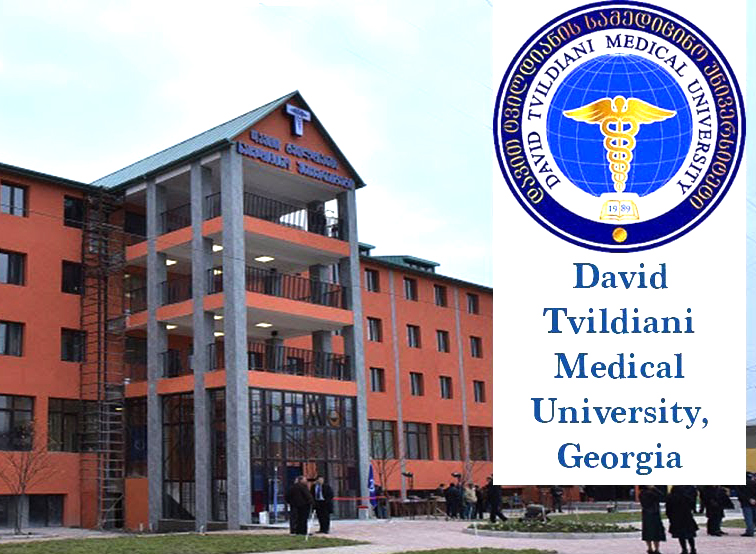Atherosclerosis
Description
Atherosclerosis is the condition in which an artery wall thickens as the result of a build up of fatty materials such as cholesterol. It is a syndrome affecting arterial blood vessels. It is a chronic inflammatory response in the walls of arteries, in large part due to the accumulation of macrophage white blood cells and promoted by low density (especially small particle) lipoproteins (plasma proteins that carry cholesterol and triglycerides) without adequate removal of fats and cholesterol from the macrophages by functional high density lipoproteins (HDL), (see apoA-1 Milano). It is commonly referred to as a hardening or furring of the arteries. It is caused by the formation of multiple plaques within the arteries.
provenance
Atherosclerosis, though typically asymptomatic for decades, eventually produces two main problems: First, the atheromatous plaques, though long compensated for by artery enlargement (see IMT), eventually lead to plaque ruptures and clots inside the artery lumen over the ruptures. The clots heal and usually shrink but leave behind stenosis (narrowing) of the artery (both locally and in smaller downstream branches), or worse, complete closure, and, therefore, an insufficient blood supply to the tissues and organ it feeds. Second, if the compensating artery enlargement process is excessive, then a net aneurysm results.
causes
The complications of advanced atherosclerosis are chronic, slowly progressive and cumulative. Most commonly, soft plaque suddenly ruptures (see vulnerable plaque), causing the formation of a thrombus that will rapidly slow or stop blood flow, leading to death of the tissues fed by the artery in approximately 5 minutes. This catastrophic event is called an infarction. One of the most common recognized scenarios is called coronary thrombosis of a coronary artery, causing myocardial infarction (a heart attack). Even worse is the same process in an artery to the brain, commonly called stroke. Another common scenario in very advanced disease is claudication from insufficient blood supply to the legs, typically due to a combination of both stenosis and aneurysmal segments narrowed with clots. Since atherosclerosis is a body-wide process, similar events occur also in the arteries to the brain, intestines, kidneys, legs, etc.
pathogenesis
Atherosclerosis typically begins in early adolescence, and is usually found in most major arteries, yet is asymptomatic and not detected by most diagnostic methods during life. The stage immediately prior to actual atherosclerosis is known as subclinical atherosclerosis. The majority of the process leading to subclinical atherosclerosis can happen without our knowing it, especially given the large variety of risk factors.[4] Autopsies of healthy young men who died during the Korean and Vietnam Wars showed evidence of the disease.[5][6] It most commonly becomes seriously symptomatic when interfering with the coronary circulation supplying the heart or cerebral circulation supplying the brain, and is considered the most important underlying cause of strokes, heart attacks, various heart diseases including congestive heart failure, and most cardiovascular diseases, in general. Atheroma in arm, or more often in leg arteries, which produces decreased blood flow is called peripheral artery occlusive disease (PAOD).
Prevention
The atheromatous plaque is divided into three distinct components:
The atheroma (\\\\\\\\\\\\\\\\\\\\\\\\\\\\\\\\\\\\\\\\\\\\\\\\\\\\\\\\\\\\\\\"lump of wax\\\\\\\\\\\\\\\\\\\\\\\\\\\\\\\\\\\\\\\\\\\\\\\\\\\\\\\\\\\\\\\", from Athera, wax in Greek,), which is the nodular accumulation of a soft, flaky, yellowish material at the center of large plaques, composed of macrophages nearest the lumen of the artery.
Atherosclerosis develops from low-density lipoprotein molecules (LDL) becoming oxidized (ldl-ox) by free radicals, particularly oxygen free radicals (ROS). Blood in arteries contains plenty of oxygen and is where atherosclerosis develops. Blood in veins contains little oxygen[citation needed] where atherosclerosis rarely develops. When oxidized LDL comes in contact with an artery wall, a series of reactions occur to repair the damage to the artery wall caused by oxidized LDL. The LDL molecule is globular shaped with a hollow core to carry cholesterol throughout the body to generate brain tissues, vitamin D, and so on. Cholesterol does not dissolve in water. Blood is 70% water. Cholesterol can move in the bloodstream only by being transported by LDL.
The body\\\\\\\\\\\\\\\\\\\\\\\\\\\\\\\\\\\\\\\\\\\\\\\\\\\\\\\\\\\\\\\'s immune system responds to the damage to the artery wall caused by oxidized LDL by sending specialized white blood cells (macrophages and T-lymphocytes) to absorb the oxidized-LDL forming specialized foam cells. Unfortunately, these white blood cells are not able to process the oxidized-LDL, and ultimately grow then rupture, depositing a greater amount of oxidized cholesterol into the artery wall. This triggers more white blood cells, continuing the cycle.
Eventually, the artery becomes inflamed. The cholesterol plaque causes the muscle cells to enlarge and form a hard cover over the affected area. This hard cover is what causes a narrowing of the artery, reduces the blood flow and increases blood pressure.
Some researchers believe that atherosclerosis may be caused by an infection of the vascular smooth muscle cells. Chickens, for example, develop atherosclerosis when infected with the Marek\\\\\\\\\\\\\\\\\\\\\\\\\\\\\\\\\\\\\\\\\\\\\\\\\\\\\\\\\\\\\\\'s disease herpesvirus.[2] Herpesvirus infection of arterial smooth muscle cells has been shown to cause cholesteryl ester (CE) accumulation.[3] Cholesteryl ester accumulation is associated with atherosclerosis.






